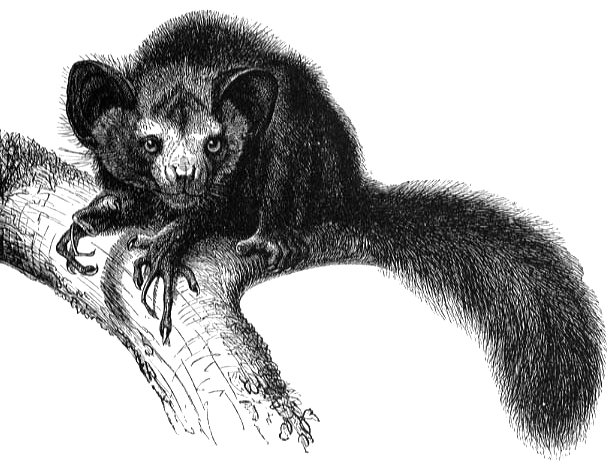Simple AI code. Minimax with some tic tac toe...
Nothing to do with that lemur...
Check out connect-four, ultimate-tic-tac-toe and tic-tac-toe-cli.
To use aye-aye in a node.js project:
$ npm install --save aye-aye
Aye-aye's minimax is a textbook implementation that uses alpha-beta pruning and can also be restricted by depth.
var minimax = require('aye-aye');
var MAX = minimax.MAX, MIN = minimax.MIN;
var depth = 4;
var agent = new minimax.MinimaxAgent(depth);You'll need a State that "implements" the following interface:
Action :: Any
State :: {
isTerminal : () -> Bool
nextAgent : () -> MAX|MIN
utility : () -> Num
possibleActions : () -> [Action]
play : (Action) -> State
}
You can think of a State instance as a node in the game tree, where:
isTerminalreturns if a state is an end state.nextAgentreturns whether it's MAX's or MIN's turn to play.utilityreturns the "value" of the state. For terminal states, this should be its final value; for non-terminal states this should be an estimate of its final value. Values that favor MAX should be greater than values that favor MIN, since MAX will try to maximize those values, whereas MIN will try to minimize them.possibleActionsreturns an array of the valid actions that can be taken from the current state using the next agent.playexecutes an action and returns the new state after that action.
And then you can run minimax to find out the next action to take:
var initialState = ...
var actionToTake = agent.nextAction(initialState);Note that depending on your State implementation and the depth of the search, this could take a very long time.
Licensed under the MIT license.


